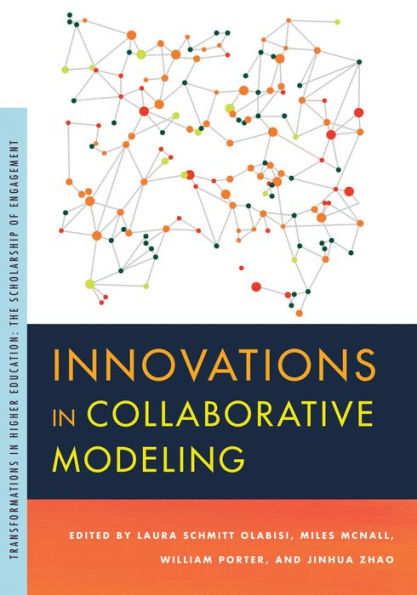Innovations in Collaborative Modeling
Collaborative applications of a variety of modeling methodologies have multiplied in recent decades due to widespread recognition of the power of models to integrate information from multiple sources, test assumptions about policy and management choices, and forecast the future states of complex systems. However, information about these modeling efforts often is segregated by both discipline and modeling approach, preventing modelers from learning from one another. This volume addresses the need for cross-disciplinary and cross-methodological communication about collaborative modeling. To enhance a shared understanding of systems problems, scientists and stakeholders need strategies for integrating information from their respective fields, dealing with issues of scale and focus, and rigorously investigating assumptions. The chapters in this volume first explore modeling methodologies for enhanced collaboration, then offer case studies of collaborative modeling across different complex systems problems. The volume will be useful for experienced and beginning modelers as well as scientists and stakeholders who work with modelers.
"1134741804"
Innovations in Collaborative Modeling
Collaborative applications of a variety of modeling methodologies have multiplied in recent decades due to widespread recognition of the power of models to integrate information from multiple sources, test assumptions about policy and management choices, and forecast the future states of complex systems. However, information about these modeling efforts often is segregated by both discipline and modeling approach, preventing modelers from learning from one another. This volume addresses the need for cross-disciplinary and cross-methodological communication about collaborative modeling. To enhance a shared understanding of systems problems, scientists and stakeholders need strategies for integrating information from their respective fields, dealing with issues of scale and focus, and rigorously investigating assumptions. The chapters in this volume first explore modeling methodologies for enhanced collaboration, then offer case studies of collaborative modeling across different complex systems problems. The volume will be useful for experienced and beginning modelers as well as scientists and stakeholders who work with modelers.
54.95
In Stock
5
1

Innovations in Collaborative Modeling
328
Innovations in Collaborative Modeling
328
54.95
In Stock

Product Details
| ISBN-13: | 9781611863543 |
|---|---|
| Publisher: | Michigan State University Press |
| Publication date: | 06/01/2020 |
| Series: | Transformations in Higher Education |
| Edition description: | 1 |
| Pages: | 328 |
| Product dimensions: | 7.00(w) x 10.00(h) x 0.80(d) |
About the Author
From the B&N Reads Blog
